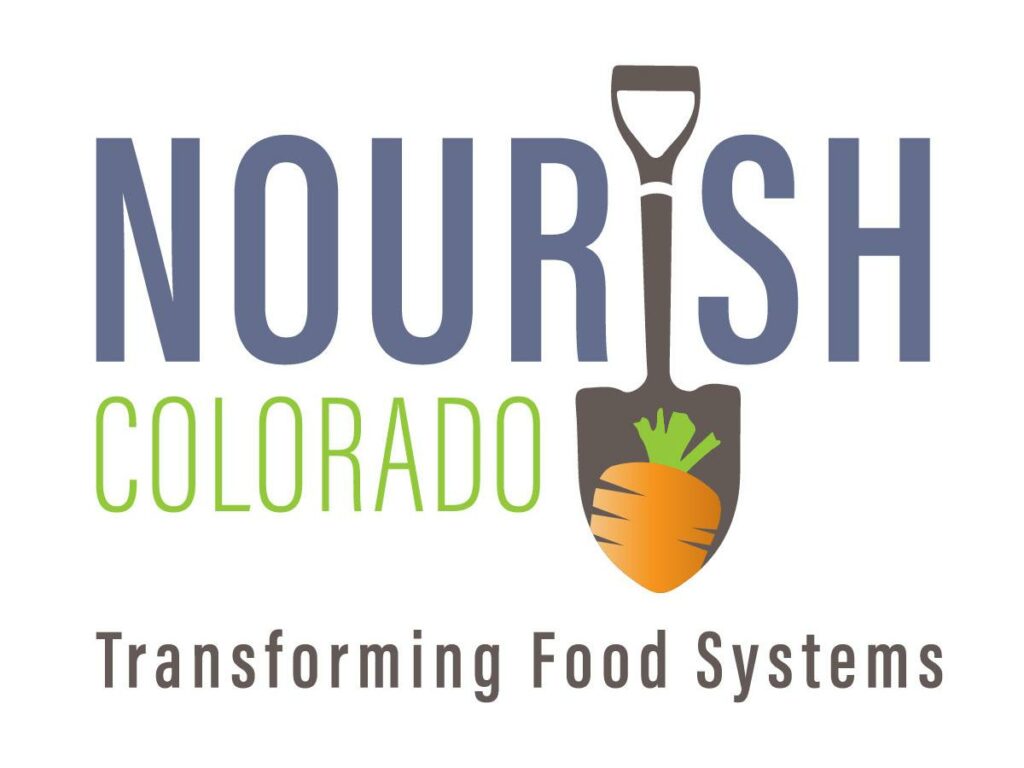Packing and hauling heavy, leaking coolers can leave you asking, why is food safety important anyways? But, especially when eating with children, keeping food safe is important for avoiding exposure to life-threatening food borne illnesses.
Did You Know?
• Bacteria grows best on foods between 40-140°F (the temperature danger zone).
• All unpreserved foods should be thrown away if they have been out of the temperature danger zone for over two hours, or if cumulatively, they have been in the danger zone for four hours.
• If the outside temperature is over 90°F, the United States Department of Agriculture (USDA) recommends only keeping perishable foods outside of the refrigerator for one hour.
• Picnic favorites such as potato salad, fried chicken, deviled eggs or pulled pork tend to be high-risk foods ? they contain large amounts of protein and water, which when combined, create a perfect breeding ground for bacteria at warm weather temperatures.
 The good news: proper planning can help you simplify packing healthy picnic choices while outwitting food-borne illness threats. There is no need to miss out on refreshing and refueling refrigerated items like chocolate milk, protein-rich cheeses or deli meat wraps when you are picnicking. Dairy products, protein foods and other perishables, are safe to eat when kept below 40°F with ice packs.
The good news: proper planning can help you simplify packing healthy picnic choices while outwitting food-borne illness threats. There is no need to miss out on refreshing and refueling refrigerated items like chocolate milk, protein-rich cheeses or deli meat wraps when you are picnicking. Dairy products, protein foods and other perishables, are safe to eat when kept below 40°F with ice packs.
The following are a list of ideas that are SAFE and HEALTHY must-tries for your summer family picnics:
Water-Bottle Ice Packs: Keeping foods out of the temperature danger zone is the number one step in keeping foods safe both at home and outdoors. Toss frozen plastic water bottles in the bottom of a cooler, bag or backpack for the perfect ice pack. Frozen water bottles also provide a cold drink when they start to melt; the perfect treat on a hot day.
Frozen Smoothies: Frozen fruit smoothies also make a great ice pack for keeping food cold. Pre-make smoothies and freeze in easy-to-pack containers. Once the smoothie starts to melt, and has served its role as an ice pack, you’ll have a perfect refueling snack with natural, energizing carbohydrate, fluid for hydration and protein to rebuild hard-working muscles after a day of fun in the sun.
Hand Sanitizer: Keeping hands clean is important for preventing food-borne illness, especially outdoors. Pack baby wipes, antibacterial wipes or sanitizer to use before eating.
Powdered Milk: Most low-risk foods like potato chips, toaster pastries and baked goods don’t always fit into a healthy, well-balance diet. Get creative with shelf-stable foods. Add granola, raisins or other dried fruit and powdered milk to a sealable container. Add water, stir and enjoy with a spoon.
Canned Tuna Fish: Canned foods can make great backpack snacks because they don’t require refrigeration. Pack a light can of tuna fish and small bag of whole-grain crackers. (Don’t forget the can opener.) Enjoy with cheese slices kept cool in your backpack or cooler for a three-food-group snack.
Fruit and Vegetable Dips: Avoid adding sugar, mayonnaise or whipping cream to fresh fruits or vegetables before you pack them. Instead, enjoy vegetables with yogurt-based dipping sauces, like this Tzatziki Sauce, prepared just prior to heading out, and kept cool in your backpack until eating. Or enjoy hard fruits like apples, pears and pineapple on skewer sticks. Add salsa to a softened cream cheese and enjoy with carrot sticks or pre-sliced Fruit and Cheese Fries.
Grab and Gos: Pre-make wraps by rolling deli meat, slices of cheese, lettuce, carrots, cucumbers or any other healthy add-ins in a whole-wheat tortilla. Wait to add spreads until right before serving; most spreads are considered high-risk foods and are more likely to cause food-borne illness. Take along flavorful yogurt dip like this Roasted Red Pepper Yogurt Dip for dressing your wrap or sandwich instead.
Low-Risk Foods: Foods that don’t require refrigeration, like these Banana Walnut Muffins, are easy to throw in a backpack.
Enjoy your next day outside by refueling with foods that are safe and nutritious from all Five Food Groups.
